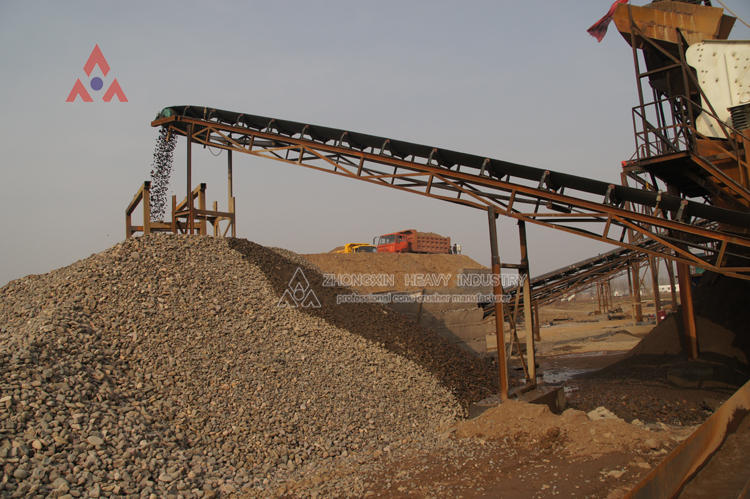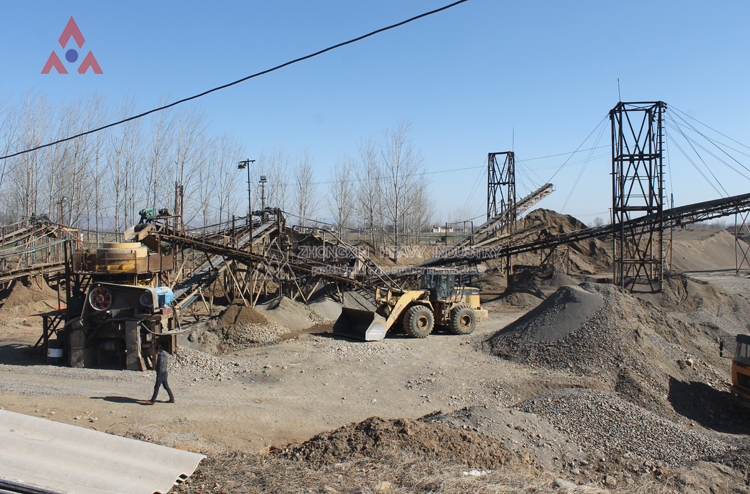2017-11-28 09:55:04
Cone crusher in the broken ore, crushing cone for regular exercise. As the crushing cone and the center of eccentric sleeve are not in the center of rotation of the center line, so in the course of the operation will inevitably produce inertial force and fixed suspension point of inertia moment. They act on the frame and behave as a periodic dynamic load that causes rack vibration and eccentric sleeve deflection.
In response to this phenomenon, although the researchers in the design with the crusher to take a balance to eliminate this harmful effects, but in actual production often due to manufacturing, installation, lubrication and other reasons, causing crusher dynamic cone instability, thus affecting Crusher normal operation.

During the operation of the crusher, the stability of the moving cone is manifested in two aspects. First, when the moving cone is overturned and the main shaft is stuck in the eccentric bush, the relative rotation speed of the moving cone is equal to zero and rotates along with the eccentric bush. Turn very fast, this dynamic cone instability known as the crusher "flying cone" phenomenon. Second, the dynamic cone tilted but not serious, the dynamic cone can still be relative rotation, but its rotation speed exceeds the speed range of the relative rules of operation, which is also known as the dynamic cone instability. Combining these two aspects, we can see that any phenomenon that the moving cone can not operate stably within the limited speed range is called "destabilization."
As the moving cone instability will make the crusher have a serious accident, and even spindle fracture, fracture, cone bushing cracking and other failures, it must promptly find the cause of the dynamic instability, and timely processing, the crusher returned to normal jobs.

 WhatsApp
WhatsApp Wechat
Wechat





 WhatsApp
WhatsApp Wechat
Wechat